Caffeine Addictions: A Culture at LFHS


Senior CJ Stice usually has a minimum of one cup of coffee a day as well as an energy drink. As a senior student with difficult classes and priorities on his plate, he “definitely relies on caffeine” to “survive long school days.” Without it, he feels “drained.”
On top of the daily caffeine intake, Stice, similar to other students, tends to increase his level of caffeine before a workout. In drinking nearly 400 milligrams of caffeine on occasion, he feels “heart palpitations” and an escalated level of anxiety throughout the day. Although he nods to having a “slight addiction,” often students don’t realize the extent of the caffeine dependency they are developing and the issues that result from it.
The results of a survey The Forest Scout sent to the LFHS student body revealed that Stice is not the only student frequently consuming caffeine. 62% of survey respondents (out of 100 total) drink caffeinated beverages several times a week, with 36% of those students saying that they drink it daily.
One common drink students can be seen with at LFHS is Celsius. Celsius, an energy drink containing 200 milligrams of caffeine, doubles the recommended daily intake for adolescents.
While some students might be aware of the high levels of caffeine, senior Ellery Newman had “no clue” how much caffeine was in a Celsius energy drink.
“One time I drank two cans of Celsius in a day. I knew it was bad to an extent, but I needed it to get through a long day of dancing,” Newman said.
Energy drinks are a rising concern amongst adolescents’ health, as they have become more normalized through social media, and increased usage of the drinks correlates with greater engagement on social platforms. Similar to Newman, there are a number of athletes who depend on energy drinks to perform their sport. Public health professionals advocate to lessen the appeal of the drinks and denormalize energy drink use.
Healthy Lifestyles teacher Mrs. Kristen Anderson notices that it’s usually the same students who bring a caffeinated drink in some form to class, and they seem to always have it.
“I definitely see [caffeine’s] impact on learning. Students are not as focused after drinking caffeine because of the energy it gives them. They have a dependency on caffeine,” Anderson said.
Students are also noticing the same people with the same caffeine on a day-to-day basis. Although it isn’t everyone, those who do regularly consume caffeine have created a difficult habit to break.
“I see a ton of the freshmen come into class with ‘Kickstart’ energy drinks every day. It would be weird if I didn’t see one of these drinks in their hands since many have them every single day,” said teacher’s assistant Agnes Vedra.
While caffeine’s stimulation of the central nervous system gives a boost in energy, it is not just the energy boost that appeals to consumers but also the flavors of the drinks.
20% of The Forest Scout survey respondents stated that they consume caffeine primarily for the energy boost, and 53% of survey respondents said they drink caffeine for both the energy boost and the taste. The sugar content as well as artificial sweeteners in many caffeinated drinks demonstrate companies’ strategies to make drinks more desirable for consumers. It alludes to the fact that companies are finding ways to make drinks more desirable for their consumers.
Caffeinated beverages are easily accessible to LFHS students. The “Grind,” a coffee shop in the cafeteria, is open from 7:45 to 3:30 pm every school day, and vending machines throughout the halls offer drinks and sodas at all times. During lunch periods, the cafeteria is open with various energy drink options accessible as well. This allows students to obtain a caffeinated beverage before, during, or after the school day.
Lattes are the most popular drink sold, and Grind barista Maria says that on average they sell more than 50 a day. Similar to Anderson’s observations, Maria says that they have their “everyday regulars,” people who “definitely come on a daily basis.”
While 69% of survey respondents replied that they don’t see a problem with their caffeine intake, the remaining 31% of students feel their caffeine consumption is either a partial or a definite issue.
Junior Shalini Krishnaswamy says that she “relies on caffeine to be able to complete all of the work she needs to get done during the day.”
“I think that caffeine has become so normalized in the diets of students. I also feel like there’s no real way of decreasing that without decreasing the amount of responsibilities that are given,” Krishnaswamy said.
However, a beverage isn’t the only way students are consuming caffeine.
There are many different forms of caffeine nowadays, and a relatively newer form is in pouches with a company called ‘Grinds Coffee Pouches.’ These pouches contain 20-25 milligrams of caffeine and can last for nearly 40 minutes, but there are also ‘2X’ and ‘4X’ pouches to up the caffeine content to 100mg per pouch- that is equivalent to one cup of coffee.
This form of caffeine has no age restriction, so it is easily accessible to high school students. While the pouches do what is intended – provide an energy boost – overconsumption of the pouches can overstimulate a young person and result in negative repercussions.
Caffeine is the most popular psychoactive substance with approximately 90% of U.S. adults consuming some form of caffeine on a daily basis. Director of Security and Operations Lane Linder says that caffeine consumption is “a complicated subject” for adults because “whether they realize it or not, they have created this artificial idea that you need something to stimulate you.”
Access to caffeine has become somewhat of a crutch for students.
“It could be because students are staying up later at night, so they rely on the drinks to overcome that lack of sleep,” Linder said.
Students have a multitude of assignments each night, and many students are involved members of the community with other responsibilities. The cycle of staying up late to do homework, waking up early, and then going to school and extra-curricular activities throughout the day leads many of them to feel that the only way to maintain that cycle is through caffeine consumption.
“I rely on caffeine, especially on days when I get very little to no sleep just to keep me going throughout the day,” Stice said. “Without it, I feel like I’m drained by around the 6th or 7th period.”
The issues that come with an increasing caffeine culture have not been made a top priority. Dean Laura Clegg said, “[the administration] is definitely not making an effort” to change the amount of caffeine provided in the school.
“If something were to be brought up about an issue involving caffeine, it would have to be student-centered. If adults decided, there would be some pushback. But if students pushed for a change, there would be a discussion,” Clegg said.
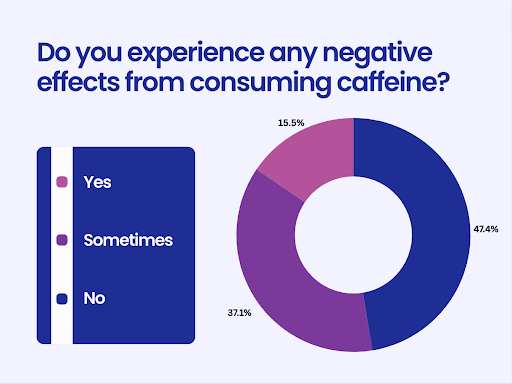
Caffeine is a widely consumed stimulant that speeds up the heart rate and stimulates the central nervous system. It is found in various beverages, such as coffee, energy drinks, tea, and certain sodas.
Adolescents between the ages of 12 and 18 should not exceed the 100-milligram threshold of caffeine consumption per day, but many popular caffeinated drinks contain double that amount if not more.
Low to moderate doses of caffeine cause benefits such as increased alertness and ability to concentrate, but higher amounts can result in negative symptoms such as anxiety and increased heart rate. It is common for people to develop a dependence on this stimulant, similar to drugs or alcohol.
Additionally, people who attempt to stop consuming caffeine and try to limit their intake will most likely experience symptoms of cravings and withdrawal, such as headaches, tiredness, depression, and low energy.
Due to these feelings, it is common for consumers to relapse and go back to drinking caffeine as they usually did to ease those symptoms.
After one consumes caffeine, it’s absorbed through the small intestine and into the bloodstream. Caffeine has the ability to penetrate the blood-brain barrier and enter the brain since caffeine is both water and fat-soluble.
From a more scientific viewpoint, caffeine has an extremely similar molecular structure to adenosine and can fit neatly into the brain cells’ receptors for adenosine, effectively blocking them off.
Brain cells begin to grow more adenosine receptors attempting to maintain equilibrium. With regular caffeine consumption, the brain builds up more adenosine receptors, which is how tolerance to caffeine develops. Since the brain has more of these receptors, it requires more caffeine to block a substantial proportion of them and achieve the same impact that is trying to be reached.
This overconsumption of caffeine as well as artificial sweeteners is dangerous for adolescents, as there is a potential to lead to a heart condition called Atrial Fibrillation, which if left untreated, could cause heart palpitations, blood clots, and heart failure in some extreme cases.
While consumption of caffeine in moderation can help increase productivity and alertness, in excess it has the potential to cause serious harm, especially to adolescents. If more teenagers continue to consume caffeine above the recommended levels, there could be extensive negative consequences for the future of their health.
*If you or anyone you know is currently struggling with addiction of any type, do not hesitate to call (877)- 648 – 4288 to get in contact with Rehab Spot.
Your donation will support the student journalists of Lake Forest High School. Your contribution will allow us to purchase equipment and cover our annual website hosting costs.



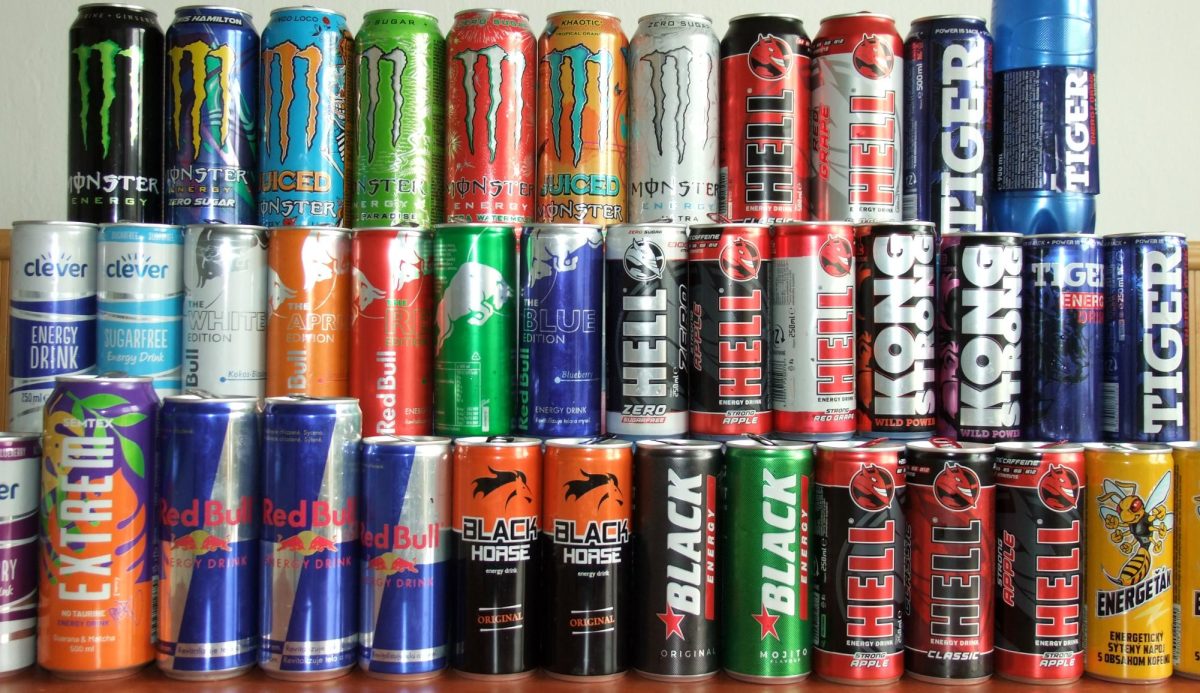
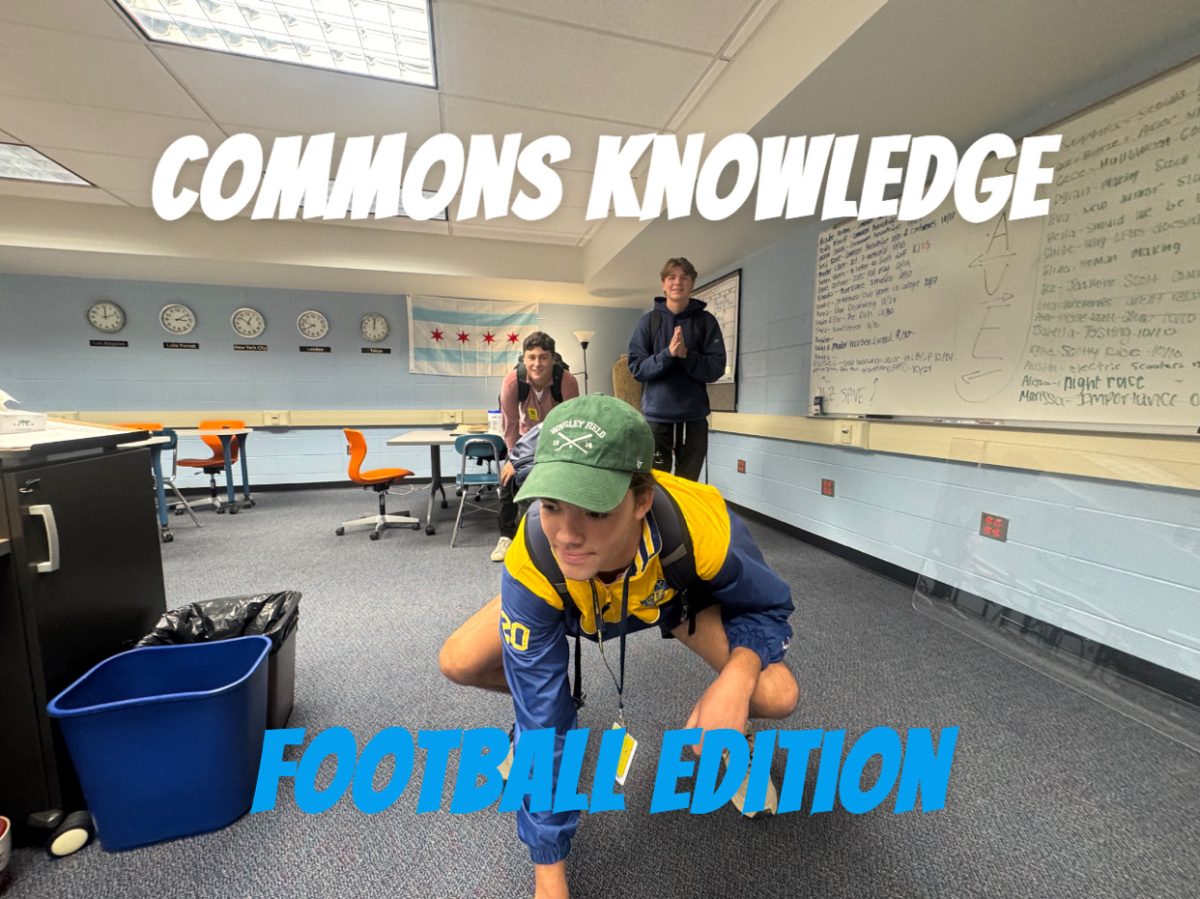
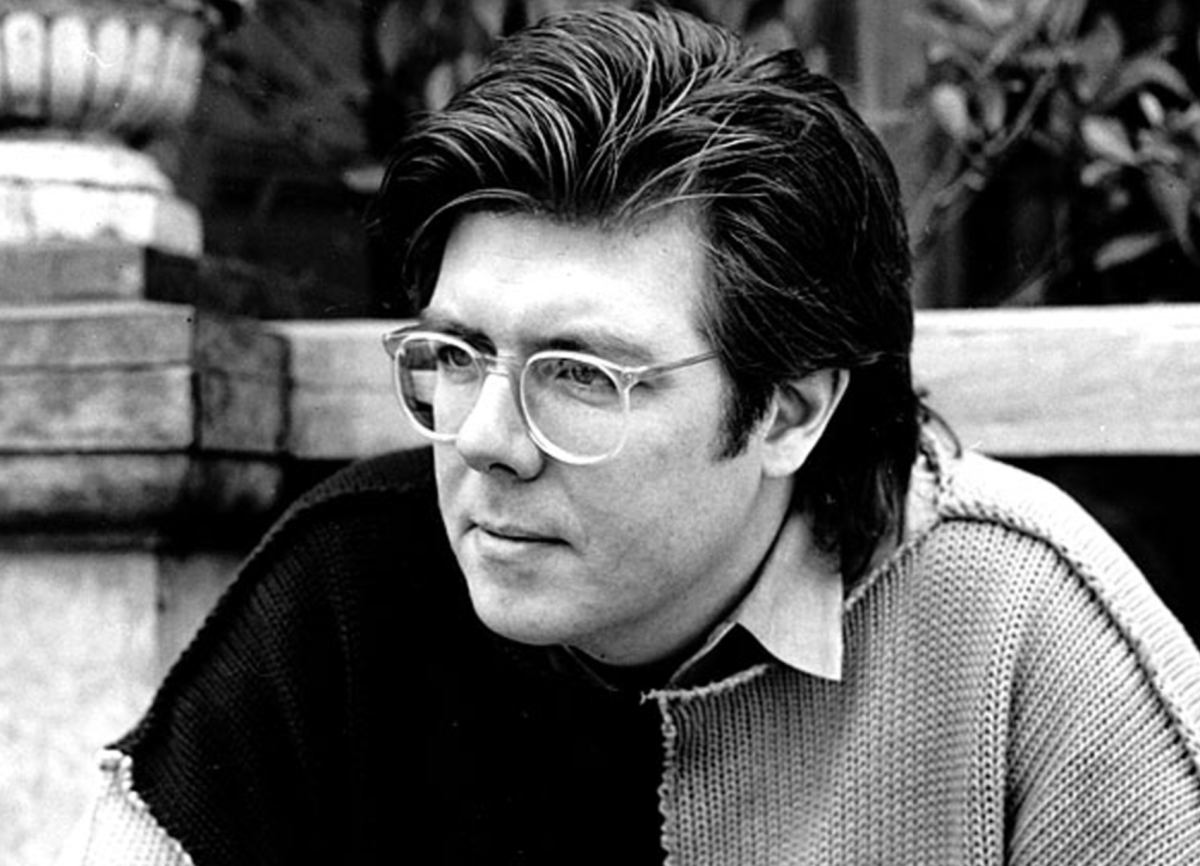








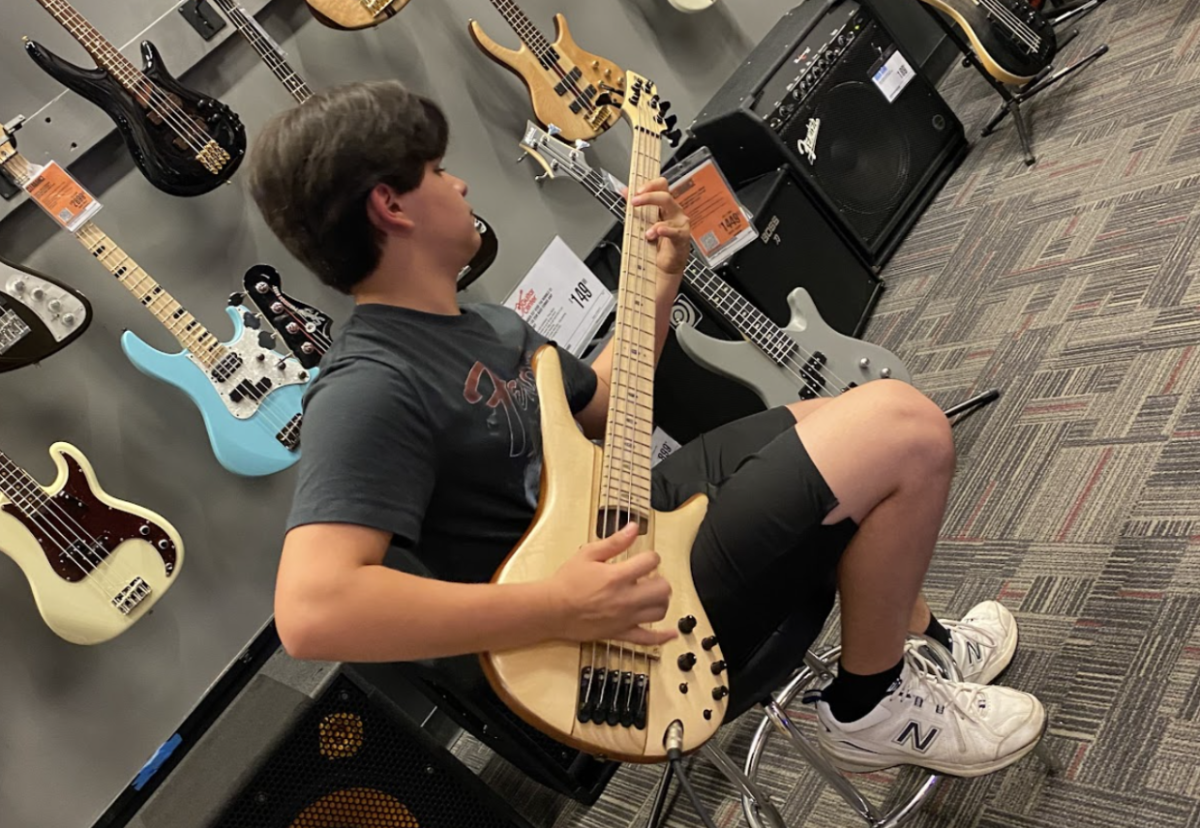
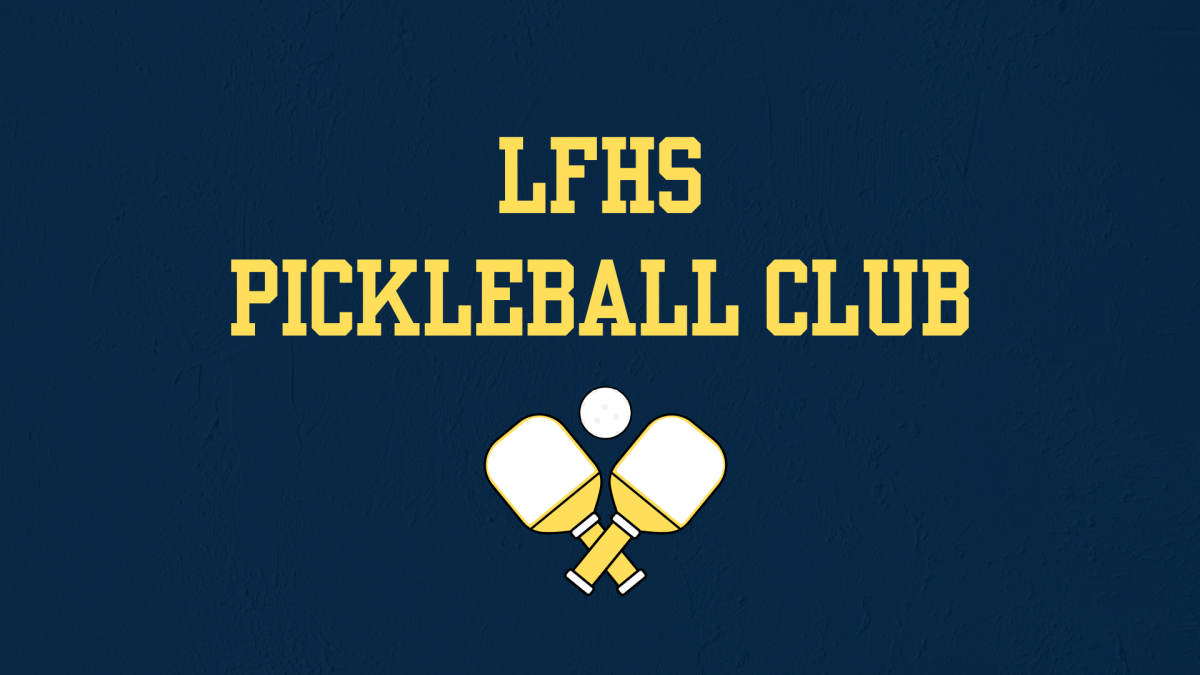
Amelia • Mar 13, 2024 at 1:28 pm
Great job guys I love your story! Its really well thought out and well researched!